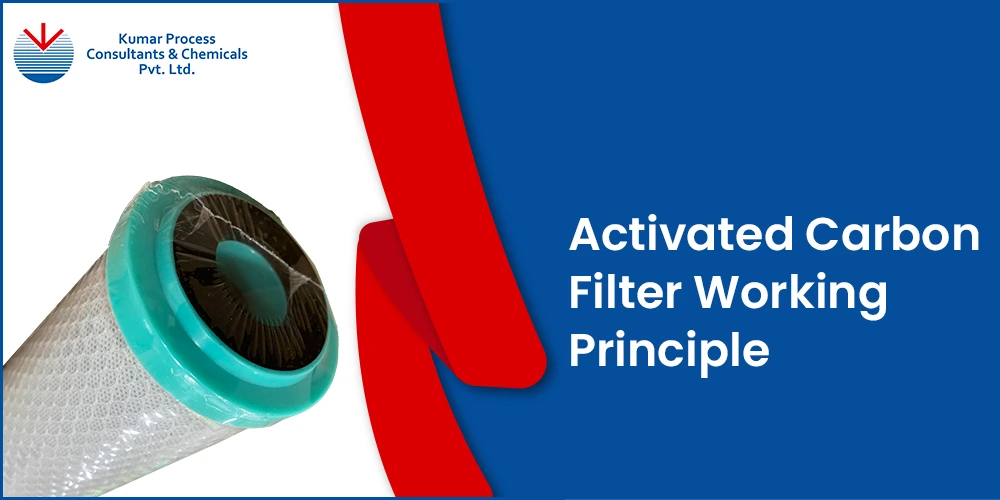


Activated carbon filters, also known as activated charcoal filters, are essential tools in purifying air and water across various industries. They operate on the principle of adsorption, where contaminants adhere to the surface of the activated carbon, effectively removing impurities and enhancing the quality of air and water.
The effectiveness of activated carbon filtration depends on various factors, including the quality of the carbon, the contact time between the water and carbon, and the flow rate of water through the filter. Proper maintenance and regular replacement of activated carbon media are essential to ensure optimal performance. In summary, activated carbon filtration systems play a vital role in various industries by providing an efficient method for removing a wide range of contaminants from liquids and gases, thereby ensuring product quality and safety.
Activated carbon filters, also known as activated charcoal filters, are essential components in various filtration systems, effectively removing impurities from liquids and gases. The production of activated carbon involves two primary methods: thermal activation and chemical activation.
Activated carbon filters operate on the principle of adsorption, where contaminants adhere to the carbon's porous surface rather than being absorbed into the material. This filtration method is highly effective for removing impurities from water and air.
Activated carbon is produced by heating carbon-rich materials like coconut shells, coal, or wood in the absence of oxygen. It is then subjected to high temperatures with steam or chemicals to create a vast network of pores, increasing its surface area—up to 1,000 m² per gram. This porous structure enhances its ability to trap contaminants.
When water or air passes through the activated carbon filter, impurities are drawn to its surface due to physical and chemical interactions, including van der Waals forces and electrostatic attraction. The porous structure traps contaminants such as chlorine, volatile organic compounds (VOCs), odors, and certain heavy metals, ensuring cleaner air and water.
The effectiveness of an activated carbon filtration system depends on:
For top-quality activated carbon filters, contact us. We offer solutions for industrail water and air purification.
Get In TouchActivated carbon filters are used in many applications due to their superior adsorption properties. They effectively remove contaminants from water, air, and even medical treatments.
Activated carbon filtration systems are widely used in industrial water treatment, and wastewater management. They efficiently remove chlorine, organic compounds, bad odors, and volatile organic compounds (VOCs), improving water quality and taste.
Activated carbon filters help improve indoor air quality by eliminating VOCs, smoke, odors, and harmful gases. They are used in air purifiers, HVAC systems, and industrial exhaust systems to absorb pollutants and ensure cleaner air.
Industries use activated carbon filters to remove impurities from gases, solvents, and chemicals. They help in refining edible oils, decolorizing liquids, and capturing hazardous emissions in factories.
Kumar Process Consultants is a leading manufacturer of activated carbon filters offering high quality filters for industrial water treatment to remove contaminants, chlorine, and organic impurities. Our advanced activated carbon filters ensure clean, safe, and high-quality water to be produced after filtration. With superior adsorption capacity and durable design, our filters deliver optimal performance and long service life.
Activated carbon adsorbs organic molecules in its micropores, purifying liquids and gases. It is activated through thermal or chemical processes to enhance adsorption.
It depends on pore size and surface area. Adsorption capacity ranges from 20% to 50% of its weight if pore size matches the contaminant molecule.
Coconut shell carbon is ideal due to its high microporosity, effectively adsorbing gaseous contaminants with molecular diameters under 2 nm.
Partially. It adsorbs some metals like lead and mercury, but specialized carbon or additional treatment is often needed.
It improves taste, removes odors, and eliminates organic compounds and chlorine from water supplies.
Activated Carbon Filter (ACF) – used to remove Total Organic Carbon (TOC), odor, color, and chlorine from water through adsorption.